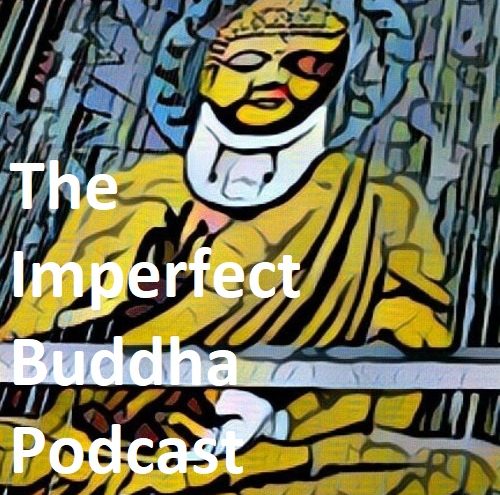In contemporary society we generally have a very dysfunctional relationship with our bodies. We treat our bodies badly, we often eat wrongly, push our bodies excessively, or fail to give our body the degree of care and attention it needs. Addiction is incredibly widespread and nail biting, skin picking, excessive gum chewing, and other nervous habits, are all signs of a dysfunctional connection to the physical environment in which we partake.
Then, added on to this, we have all of the distorted images of the body given to us by advertising and consumerist culture, by celebrities, comics, and pornography; a mass of illusions of how we are supposed to appear and present ourselves to the world. We often look at our bodies in a very distorted manner, or even refuse to look at our naked form out of fear, or shame. The commodification of the body and the falsification of body images have the function of collectively disassociating people from the simplicity and immediacy of how their bodies really are and how wonderful they are in their diversity. The general obsession with external image often causes us to seek to present our bodies in specific postures, poses and shapes. How often do you either strike a model’s pose when you look at yourself in the mirror, or refuse to look honestly and deeply at your naked body without tightening up or judging it? These are all aspects of the collective baggage that we carry around and filter our perception of our body through.
Then, added on to this, we have all of the distorted images of the body given to us by advertising and consumerist culture, by celebrities, comics, and pornography; a mass of illusions of how we are supposed to appear and present ourselves to the world. We often look at our bodies in a very distorted manner, or even refuse to look at our naked form out of fear, or shame. The commodification of the body and the falsification of body images have the function of collectively disassociating people from the simplicity and immediacy of how their bodies really are and how wonderful they are in their diversity. The general obsession with external image often causes us to seek to present our bodies in specific postures, poses and shapes. How often do you either strike a model’s pose when you look at yourself in the mirror, or refuse to look honestly and deeply at your naked body without tightening up or judging it? These are all aspects of the collective baggage that we carry around and filter our perception of our body through.
Because the body is the starting place for mindfulness and because of the complexity of the issues I have just laid out, it is important to realise that mindfulness is a very rich and profound pursuit of re-engaging with experience based on very new rules. Mindfulness is not just being present, but it is also looking deeply at things to see how they really are and how we are relating to them. In this sense it is truly a path of freedom, because if we are brave enough to go all the way with it, it can free us from the mess we are in collectively and individually with regard to our bodies.
What follows are the seven factors of mindfulness. They immediately illustrate a more complete and holistic picture of deep mindfulness practice. They also show us that mindfulness is not just something you do on a cushion in a safe, quiet space, but is rather an adventure that is embarked on that can result in the radical change and gaining of freedom that I have pointed to in several previous posts. Below is my own non-traditional wording of the seven factors.
Seven factors of Mindfulness
1. Being present and deeply engaged with what we are doing
2. Bridging the gap to experience: non-judgement & intimacy
3. Appreciation for experience: acknowledging & honouring your life as an unfolding process
4. Relieving of unsatisfactoriness & reducing separation: feeling connected & part of it all
5. Looking deeply: penetrating experience to see clearly what is real and important, releasing our natural intuitiveness
6. Gaining insight & direct understanding through being grounded in experience & fully open
7. Transformation: growth, healing, opening, freedom
Pages: 1 2


Very well said, thank you for this!
LikeLike
Glad you liked it.
LikeLike